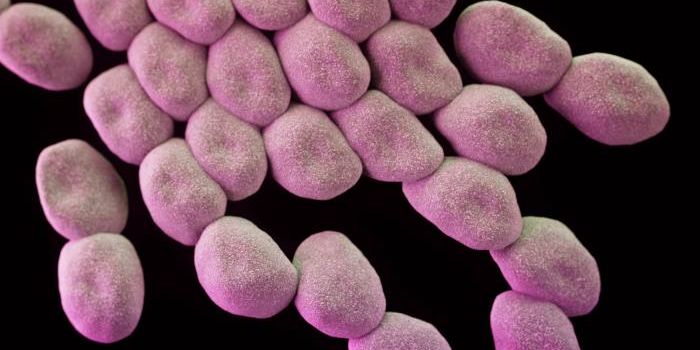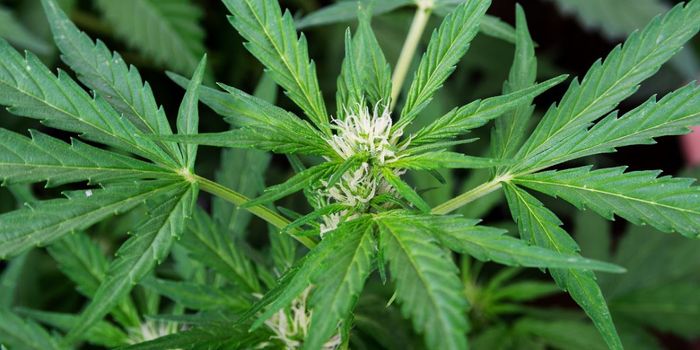Insights Into the Interplay Between COVID and the Nasal Microbiome
There is a spectrum of COVID symptom severity: some recover after experiencing nothing more than a mild cough, while others end up in intensive care, battling life-threatening consequences of infection.
We know that older adults are more likely to become severely ill after contracting the virus—the vast majority of COVID deaths occur in those over 65. Additionally, individuals with underlying chronic health conditions and certain ethnic minority groups have disproportionately worse COVID outcomes.
New evidence points to yet another underlying factor that may control COVID outcomes—microorganisms in the nose.
SARS-CoV-2 spreads from person to person through the inhalation of respiratory droplets in the air. The virus begins to divide as soon as it enters the nasal cavity, attaching to ACE2 receptors in the cells lining the upper respiratory tract. However, the factors that block the virus from infecting the lower respiratory tract and triggering severe respiratory disease are not well understood.
To investigate, researchers at the University of California, Irvine, examined the nasal microbiomes of 68 hospitalized COVID patients, 45 healthcare workers, and 21 healthy controls.
The team found that acute SARS-CoV-2 infections were associated with distinct shifts in the nasal microbiome. In particular, as the coronavirus begins to replicate in the upper respiratory tract, so does the pathogenic bacteria Pseudomonas aeruginosa, which could contribute to the increased incidence of secondary bacterial infections in these patients.
In addition, genetic analyses of the nasal transcriptome highlighted elevated inflammation and diminished tissue repair within the inpatient COVID-19 patient community, which was associated with increased heterogeneity of their nasal microbiome.
Interestingly, healthcare workers were found to have more diverse nasal flora than the healthy control participants. For example, Burkholderia and Acinetobacter species detected in their noses suggest a mechanism for hospital-acquired infections to spread, particularly among vulnerable patients in intensive care.
Source: Cell Reports.









